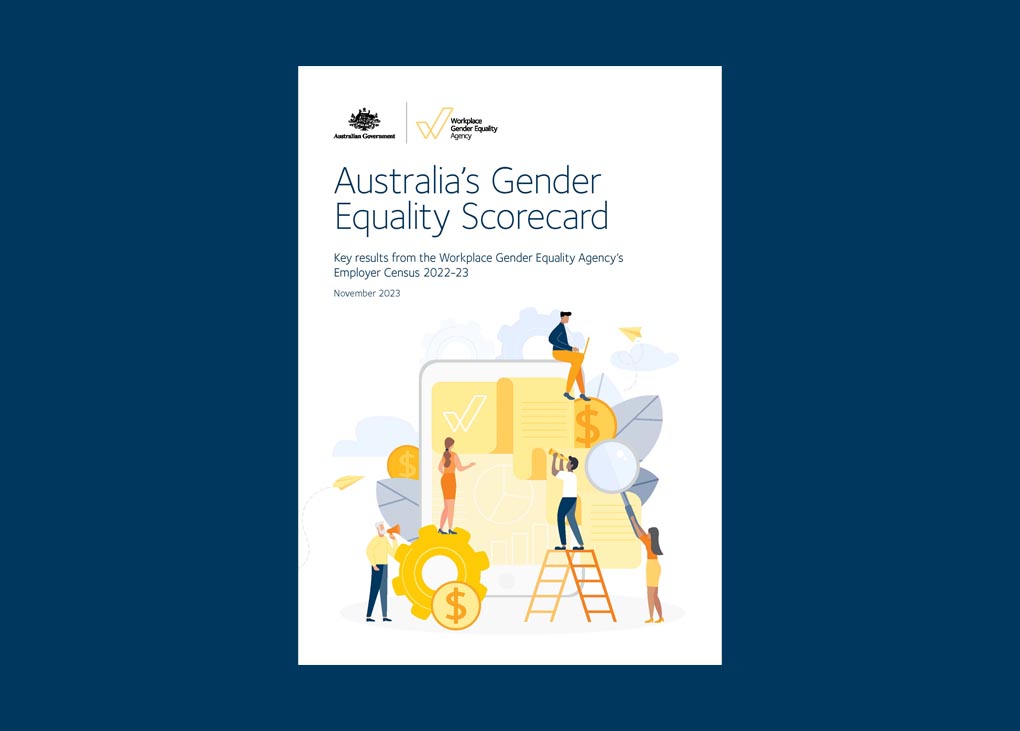The Workplace Gender Equality Agency (WGEA) has released its annual update on the state of workplace gender equality, showing that although inequality remains pronounced, the pay gap is shrinking.
The positive news from this year’s Gender Equality Scorecard is that the average total remuneration gender pay gap has dropped to 21.7 per cent in 2023, down from 22.8 per cent in 2022 – the second largest single-year drop since WGEA started collecting employer data in 2014. Still, on average, for every $1 men earn in Australia, women earn just 78 cents.
WGEA CEO Mary Wooldridge says the results show that while slow, there is momentum for change in Australian workplaces.
“Increased discussion and debate around gender equality, a tight labour market and impending legislative reform have helped drive action on workplace gender equality over the last year,” Wooldridge says.
“We see an increase in the proportion of women in management and at the upper pay quartiles, and we also see the proportion of women being promoted and appointed at manager level is higher than the proportion of women managers overall. As this trend continues, we can expect to see the gender pay gap continue to fall.
“This is promising as it signals that employers are increasingly prioritising gender equality as a core business measure and taking action to tackle workforce composition at the manager level.”
Wooldridge notes that while women working in full-time roles have opportunities to progress into higher-paying management roles, there are far fewer management opportunities for part-time employees. The report also highlights that the number of men taking paid primary carer parental leave has barely shifted, and the number of women in CEO roles and on boards has stagnated.
“If we want real change, we need employers to take bold action,” says Wooldrige. “We need employers to look across the drivers of gender inequality and be imaginative in their solutions.
“Publishing gender pay gaps requires employers to understand their unique challenges, develop a purpose-built approach to gender equality and then take intentional and sustained action.
“This Scorecard is a starting point for employers to assess their performance on the national scale and relative to their industry peers and identify where there is room for improvement.”
The Gender Equality Scorecard 2022–23 is based on the results of WGEA’s largest ever employer census, covering 4.82 million Australian employees.
To complement the report, the WGEA has launched an updated data explorer that allows users to explore the gender equality outcomes for industries, industry sub-divisions, groups of employers by size, and individual employers. This year, for the first time, pay gap information will be available for specific organisations – including many from the HVAC&R sector. This data will be available in early 2024 and could help the HVAC&R industry gauge its progress towards gender equality.
More information is available at the WGEA website.
 Mark Vender
Mark Vender


Leave a Reply